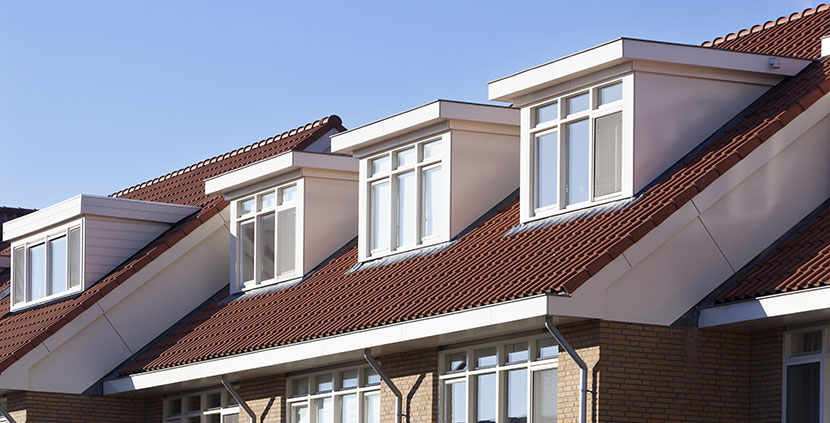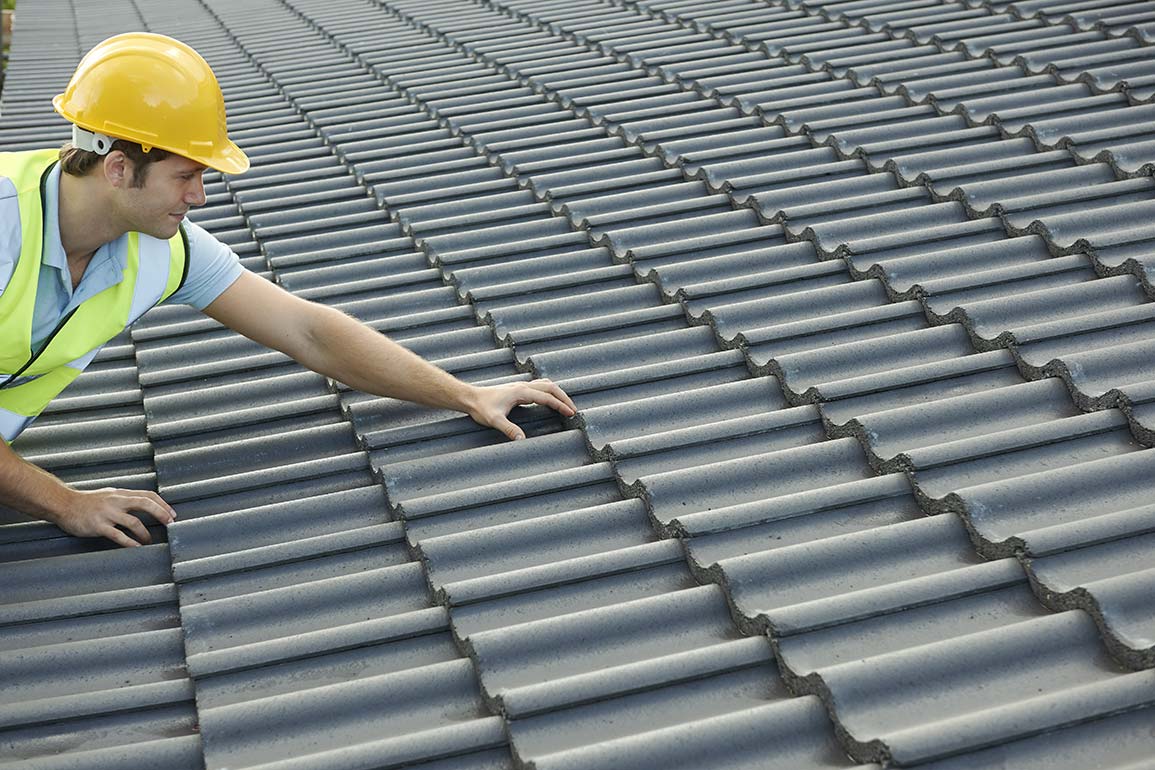Is It Time For A New Roof
As homeowners, we often take our roofs for granted, overlooking their critical role in protecting our homes from the elements. However, roofs are not invincible, and over time, they can succumb to wear and tear, leading to potential problems that jeopardise the integrity of our homes. Recognising the signs that indicate the need for a new roof is essential for maintaining the safety, comfort, and value of your property. In this blog post, we'll explore some telltale signs that it's time to consider a roof replacement.

1. Age of the Roof:
One of the most straightforward indicators that you may need a new roof is its age. Most roofing materials have a finite lifespan, and as they approach the end of their serviceable life, they become more susceptible to damage and deterioration. Asphalt shingle roofs, for example, typically last between 20 to 25 years, while other materials like slate or metal may have longer lifespans. If your roof is nearing or exceeding its expected lifespan, it's wise to start considering a replacement.
2. Visible Signs of Wear and Tear:
Inspect your roof for visible signs of wear and tear, such as missing, cracked, or curling shingles. Over time, exposure to sunlight, moisture, and fluctuating temperatures can cause roofing materials to deteriorate, compromising their ability to protect your home. Additionally, check for granule loss on asphalt shingles, as this can indicate advanced aging and diminished weather resistance. If you notice widespread damage or deterioration across your roof, it may be time to invest in a new one.
3. Leaks and Water Damage:
Leaks are a clear indication that your roof is no longer effectively keeping water out of your home. Inspect your attic and ceilings for signs of water stains, mould growth, or moisture damage, especially after heavy rainfall or snowmelt. Even minor leaks can escalate into major issues if left unaddressed, causing structural damage, insulation problems, and potential health hazards. If you notice any signs of water infiltration, it's crucial to address them promptly and consider a roof replacement to prevent further damage.
4. Sagging or Drooping Roof:
A sagging or drooping roof is a serious structural issue that requires immediate attention. It can indicate underlying structural damage, such as rotting roof decking, compromised supports, or inadequate ventilation. Sagging areas on your roof may collect water, snow, or debris, exacerbating the problem and increasing the risk of collapse. If you notice any areas of sagging or drooping on your roof, it's imperative to consult a professional roofer to assess the extent of the damage and determine the best course of action, which may include a roof replacement.
5. Increased Energy Bills:
A deteriorating roof can compromise your home's energy efficiency, leading to increased heating and cooling costs. If your energy bills have been steadily rising despite consistent usage patterns, your roof may be to blame. Damaged or inadequate insulation, poor ventilation, and air leaks can all contribute to energy loss, forcing your HVAC system to work harder to maintain comfortable indoor temperatures. By investing in a new roof with proper insulation and ventilation, you can improve your home's energy efficiency and reduce your utility expenses in the long run.
6. Moss or Algae Growth:
While moss or algae growth on your roof may seem like a purely aesthetic issue, it can actually indicate underlying problems with moisture retention and drainage. Moss and algae thrive in damp, shaded areas, which can develop on roofs with poor sunlight exposure or inadequate drainage. Over time, moss and algae can trap moisture against the roof surface, leading to decay and deterioration of the underlying materials. If you notice significant moss or algae growth on your roof, it's essential to address the underlying issues and consider a roof replacement if necessary.
7. Loose or Damaged Flashing:
Flashing is a crucial component of your roof's waterproofing system, sealing joints and seams to prevent water infiltration. If flashing becomes loose, damaged, or deteriorated, it can compromise the integrity of your roof and increase the risk of leaks. Inspect the flashing around chimneys, vents, skylights, and other roof penetrations for signs of damage or deterioration, such as rust, corrosion, or missing sections. If you observe any issues with your flashing, it's important to have them repaired or replaced promptly to prevent water damage and prolong the lifespan of your roof.
8. Neighbourhood Trends:
Pay attention to the roofing trends in your neighbourhood, especially if homes of a similar age or construction are undergoing roof replacements. If many of your neighbours are investing in new roofs, it may be a sign that your own roof is approaching the end of its lifespan or experiencing similar issues. While it's not necessary to replace your roof simply because others are doing so, it's worth considering whether your home could benefit from an upgrade to improve its appearance, functionality, and resale value.
9. Frequent Roof Repairs:
If you find yourself constantly scheduling roof repairs to address leaks, missing shingles, or other issues, it may be more cost-effective in the long run to invest in a new roof. While minor repairs can extend the lifespan of your roof temporarily, they may not address underlying structural issues or prevent future problems. Continuously patching up an aging or deteriorating roof can become a costly and time-consuming endeavour, whereas investing in a new roof provides long-term peace of mind and protection for your home.
10. Visible Signs of Mould or Rot:
Mould and rot are serious issues that can compromise the structural integrity of your roof and pose health risks to you and your family. Inspect your roof for signs of mould, rot, or wood decay, particularly in areas prone to moisture accumulation, such as eaves, gutters, and valleys. Mould growth can indicate poor ventilation or water intrusion, while rotting or decayed wood may be a sign of underlying structural damage. If you discover any evidence of mould or rot on your roof, it's essential to address the underlying issues promptly and consider a roof replacement to prevent further damage and ensure the safety of your home.
In conclusion, recognising the signs that indicate the need for a new roof is essential for preserving the safety, integrity, and value of your home. By paying attention to visible signs of wear and tear, leaks, sagging, increased energy bills, moss or algae growth, loose flashing, neighbourhood trends, frequent repairs, and mould or rot, you can make informed decisions about when to invest in a roof replacement. Remember that proactive maintenance and timely repairs can help prolong the lifespan of your roof, but eventually, all roofs will need to be replaced to ensure optimal performance and protection for your home. If you're unsure whether your roof needs replacement, don't hesitate to consult a professional roofing contractor for a thorough inspection and expert advice. Your roof is your first line of defence against the elements, so it's crucial to keep it in top condition to safeguard your home and your loved ones for years to come.



